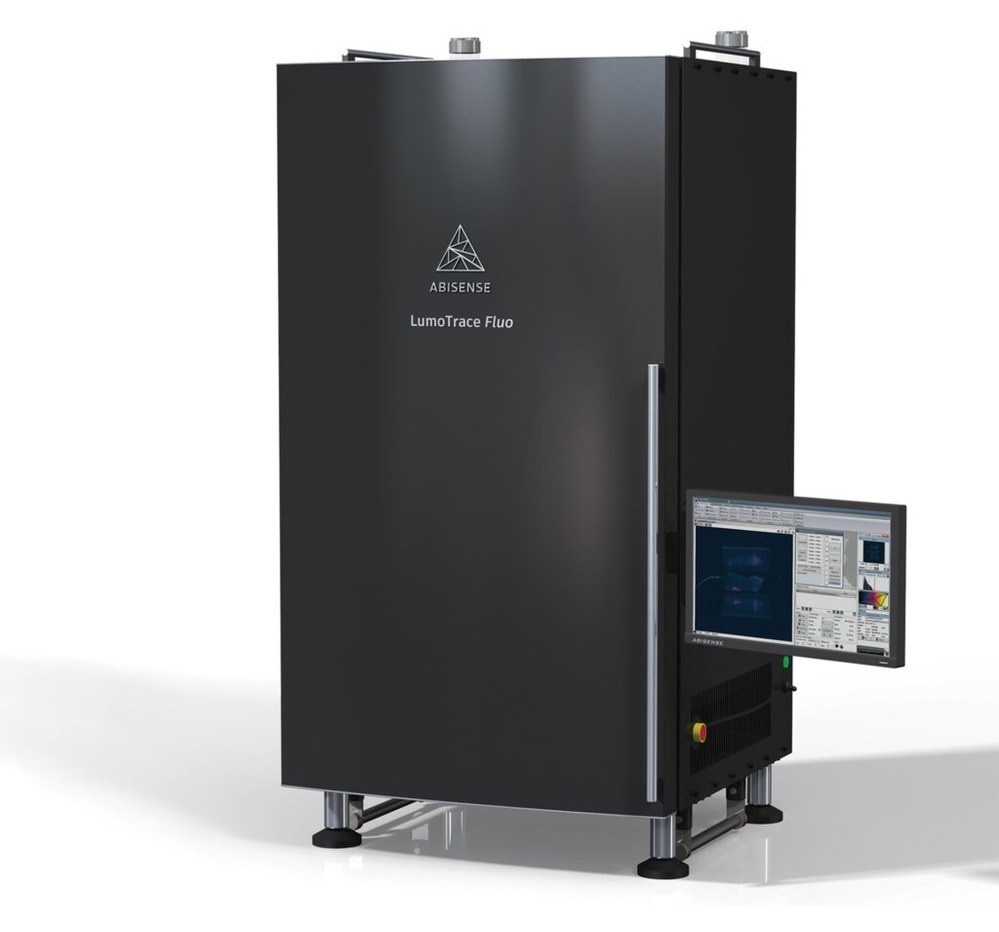Catalog
Metrology
525 products
View:
- Selected: 0Areas of use
- Selected: 0Item names
- Selected: 0Manufacturer
- Selected: 0Made in
- Selected: 0Additional
View:
525 products
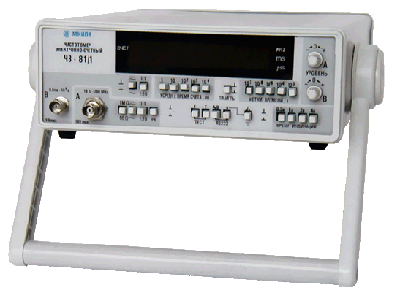
Frequency meters Ch3-81, Ch3-81/1
Designed to measure the frequency or single and averaged period of sinusoidal and pulse signals, as well as to measure the pulse duration and frequency ratio, with a guaranteed measurement error of up to 10-7za year.
Description:
Ch3-81 (inputs A, B, C) – range 0.1 Hz–2.5 GHz
Ch3-81/1 (inputs A, B) – range 0.1 Hz–200 MHz
Frequency measurement, frequency ratios
Measurement of the period, duration of 1 microsecond–10000 s
Signal level 30 mV–10 V (eff.), pulse up to 30 V
Thermostated quartz 5 MHz: ±10-7 (year) ±7.5X10-9(day)
Frequency temperature departure: ±2.5X10-8 (+5...+40 °C)
Number of averaged periods: 1-104
Timestamps 10-7-10-3 s
RS-232 interface
8-bit SD indicator
Dimensions, weight 80X220X300 mm, 3 kg
Power supply: ~ 220V, 20V
MNIPI
Minsk
Produced in: Belarus, Minsk
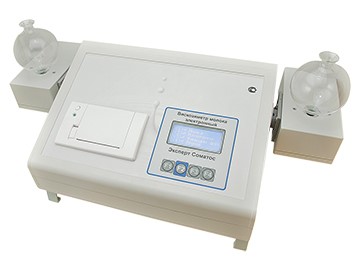
Electronic milk viscometer "Expert Somatos - 02"
from
69 000 ₽
1 supp.
Exclusive benefits:
• version with one or two flasks, which allows up to 60 measurements per hour
• optionally equipped with an integrated or external printer
• * thanks to the new verification method developed from a blank sheet, it can be checked at any standardization and metrology center
As a rule, it is used:
• Dairy farms — for the timely prevention and treatment of mastitis in cows, which ensures stable supplies of high-grade milk (accordingly increases the cost of products).
• Veterinary laboratories, SBBS, points for receiving farm milk from the population to determine the grade and calculate the cost of raw milk.
• In the laboratories of milk processing enterprises to control incoming raw milk.
LABORATORIKA
Krasnoobsk
Produced in: Novosibirsk region

Contact thermometer TK-5.09S with the function of measuring relative humidity
from
11 400 ₽
The digital contact thermometer TK-5.09S is designed to measure the temperature of various materials, relative humidity by direct contact of the probe with the measuring object.
The contact thermometer consists of an electronic unit and replaceable probes.
Thermoelectric converters (TP) with NSH according to GOST R 8.585 are used as thermosensitive elements in the probes
. Capacitive humidity sensors are used as a measuring element in the relative humidity probes.
TEKHNO-AS
Kolomna
Produced in: Moscow
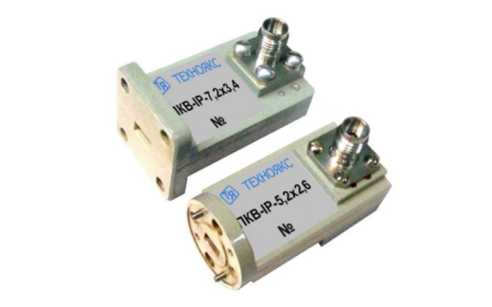
PKV-IB-7,2×3,4
Basic properties
Wide frequency range;
Small VSWR values.
Operating conditions
Operating temperature range from minus 10 to 50 ° C;
The relative humidity of the air is up to 98% at a temperature of 25 ° C.
Technical specifications
Waveguide cross section, mm 7.2×3.4
Type of coaxial connector (according to GOST RV 51914-2002) IB
Frequency range, GHz 25.96-37.50
VSWR 1.35
TEKHNOYAKS
Moscow
Produced in: Moscow
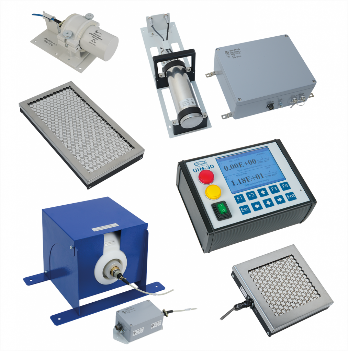
Universal measuring complex UIM-MD
Stationary complex for monitoring various parameters of the radiation situation, depending on the type of connected detection units:
- continuous monitoring of gamma and neutron radiation in rooms and workplaces;
- assessment of alpha and beta and gamma contamination of surfaces of objects, personnel clothing and small items.
Purpose:
measurement:
ambient dose equivalent power of photon and neutron radiation;
alpha and beta radiation flux densities;
surface activity of Pu-239 and Sr-90+Y-90 radionuclides;
alarm about exceeding the set thresholds.
Doza
Zelenograd
Produced in: Moscow
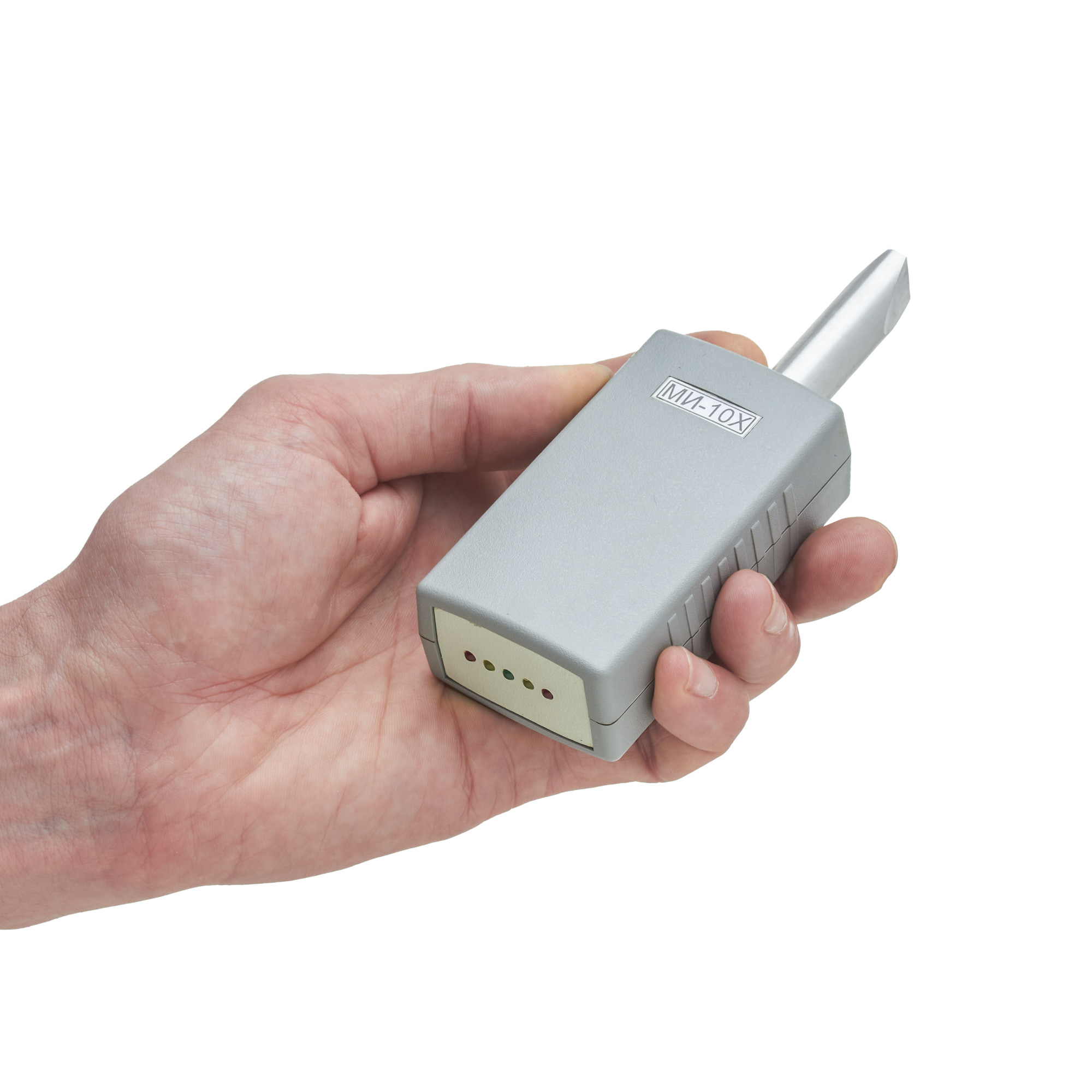
MI-10X Magnetic Indicator
from
22 500 ₽
Distinctive features.
Compactness
Autonomy
Maximum ease of handling
Energy saving mode
Technical specifications
Indication of induction levels, MT,:
weak magnetization 0...2
average magnetization 2...10
strong magnetization more than 10
Power supply 1 accumulator unit or PP3 battery
Current consumption, mA, no more than 8
Operating temperature range, °C -30...+50
Dimensions of the electronic unit, mm 90x50x32
Dimensions of the converter, mm 14x50
RII MNPO SPEKTR
Moscow
Produced in: Moscow
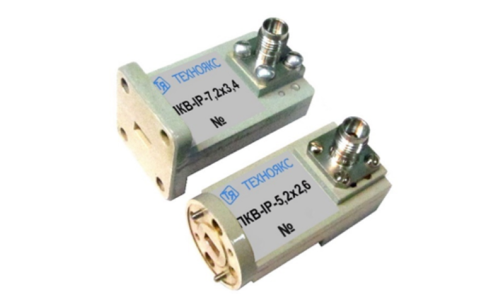
PKV-IP-5,2×2,6
Basic properties
Wide frequency range;
Small VSWR values.
Operating conditions
Operating temperature range from minus 10 to 50 ° C;
The relative humidity of the air is up to 98% at a temperature of 25 ° C.
Technical specifications
Waveguide cross section, mm 5.2×2.6
Type of coaxial connector (according to GOST RV 51914-2002) IP
Frequency range, GHz 37.50-50.00
VSWR 1.45
TEKHNOYAKS
Moscow
Produced in: Moscow
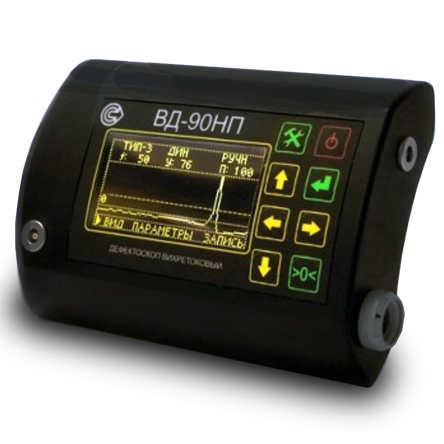
VD-90NP Eddy current flaw detector in the basic configuration
from
398 250 ₽
The principle of operation of the device:
The principle of operation of the flaw detector is based on the excitation of eddy currents in the controlled product and the subsequent release of a signal at the output of the converter, the amplitude and phase of which are determined by the secondary field of eddy currents.
Design features and advantages of the VD-90NP flaw detector.
The device has a small-sized case, which ensures its lightness, ergonomics and allows you to mount it on your belt or on your arm. The measurement is performed using a remote converter connected by a flexible cable. There are several types of converters for eddy current flaw detection of products made of different materials and different geometries. The large and bright display displays the selected operating modes and measurement results in text and graphic form. The VD-90NP is also characterized by:
high sensitivity (it detects cracks starting from 0.1 mm in size);
dust–and-moisture-proof housing, which makes it applicable for work in the field;
large operating frequency range;
maximum working clearance up to 10mm;
Bluetooth connection;
the ability to control products with high surface roughness, up to Rz320 class;
light and sound indication of defect detection;
wide operating temperature range from –30°C to +50°C;
autonomous low-voltage power supply;
long continuous operation time from one set of batteries;
compliance with the standard GOST R ISO 15549-2009 (ISO 15549:2008).
The use of a microprocessor-based hardware and software platform provide it with the following operational characteristics:
automatic adjustment when measuring conditions change, including compensating the influence of the gap;
built-in calibration modes;
saving the measurement results in the internal memory of the device;
a large number of stored programs: sets of parameters and measurement modes, both preset and saved by the user so as to repeatedly monitor the same type of products;
The Bluetooth 2.0 wireless communication module allows the device to be used in conjunction with an external laptop or mobile device for remote control, transmission of measurement results for further storage, printing, documentation and analysis.
Scope of application:
The eddy current method is suitable for non-destructive testing and detection of microcracks in products and parts made of any metals and alloys of complex shape, with high surface roughness, through non-conductive coatings, as well as for checking welded joints. The flaw detector can be used to control parts and assemblies of aviation equipment.
The VD-90NP eddy current flaw detector is used for quality control and preventive examination of:
- components and parts of rolling stock at railway transport enterprises: wheel sets, auto coupler housings, side frames, spring beams, labyrinth rings, pulleys;
- pipes, profiles, rods at rolling mills at the output control, and at the input control of consumers of products;
- products made of aluminum and titanium alloys with multilayer coatings at enterprises of the aviation and aerospace industry;
- cables, beams, critical components of equipment (cranes, lifts) in construction;
- main pipelines in order to detect stress corrosion.
A wide range of operating temperatures, dust and moisture protection (IP54 degree of protection), autonomous low-voltage power supply, a long time of continuous operation of the device allows it to be used in the field at low temperatures and under precipitation (rain, snow).
Basic kit:
• 1 electronic unit for the VD-90NP eddy current flaw detector;
• 1 Ia5.125.052 (Type-2) eddy current converter;
• 1 converter cable;
• 1 charger with batteries;
• 1 hand strap;
• 1 Ia8.896.104 sample with artificial defects;
• 1 Ia8.896.035 coating sample;
• 1 storage and carrying case;
• 1 documentation set.
RII MNPO SPEKTR
Moscow
Produced in: Moscow
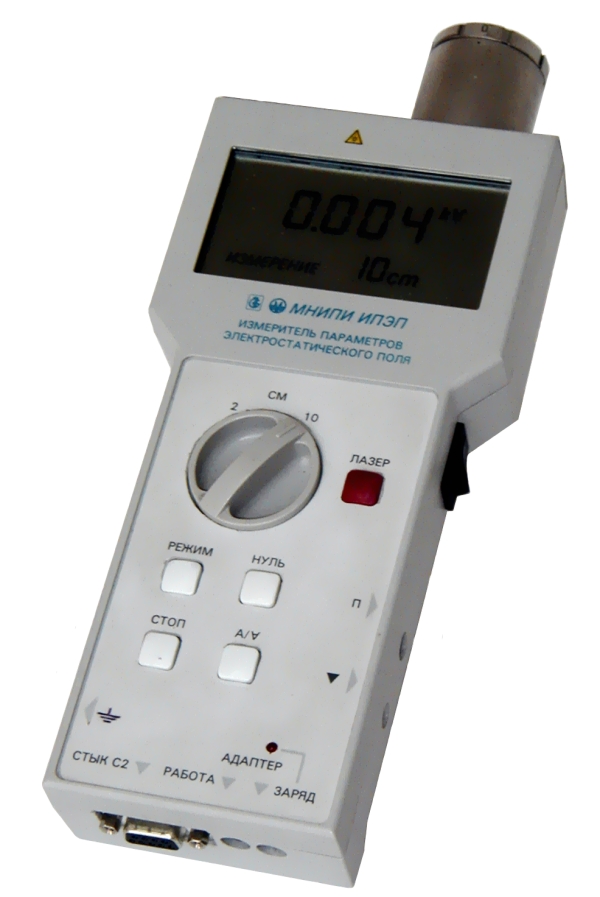
IPEP-1 Electrostatic Field Parameter Meter
Designed to measure the potentials of electrostatically charged objects, the strength of the electrostatic field and the surface density of electric charges.
Technical specifications:
Measuring range 0.02-50 kV
The error is 5-10%
The intensity of the electrostatic field
Measuring range 2-1000 kV/m
Error 5%
Surface density of electric charges
Measuring range 0.02-10 µcl/m2
Error 5%
Measurement of the electrostatic field strength (2-1000 kV/m)
Measurement of the potential of charged objects (0.02–50 kV)
Measurement of surface charge density (2x10-8–1x10-5Kl/m2)
Measurement error ±(5-10) %
Laser pointer of the distance to the object (2, 10 cm)
3.5-digit indicator (LCD with image flip)
RS-232C interface
Dimensions, weight 40x106x268 mm, 0.7 kg
Built-in battery for 8 hours of operation
Power supply: ~220, 5 VA, 4.5–5.5 VA battery
MNIPI
Minsk
Produced in: Belarus, Minsk
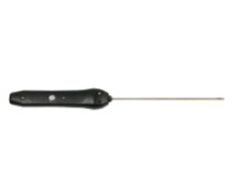
Smart air probe L=150 mm SSV.150P with built-in flash memory
from
12 351 ₽
Designed to measure the temperature of various materials by direct contact of the probe with the measuring object
The smart air probe L=150 mm SSV.150P with built-in flash memory is designed to measure the temperature of various media by direct contact of the probe with the measuring object and transmitting the measured value via Bluetooth to devices with the ThermoMonitor. Android program is installed.
Operating conditions of the SZV.150P smart probe
Ambient temperature, °C: -20...+55.
Relative humidity, %: not more than 80 at T=35 °C.
Atmospheric pressure, kPa: 86...106.
Functionality of the smart probe SSV.150P
Measurement of physical quantities with a resolution of 0.01.
Recording of measured values at intervals from 5 seconds to 23 hours 59 minutes 59 seconds (only smart probes with built-in memory).
Transmitting data about measured physical quantities via Bluetooth to a device with the ThermoMonitor, Android program installed.
Transmitting information about the state of charge of the built-in battery via Bluetooth to a device with the ThermoMonitor, Android program installed.
Automatic transition to sleep mode after 50 seconds.
The ability to connect an external power supply.
Possibility of calibration.
TEKHNO-AS
Kolomna
Produced in: Kolomna, Moscow region
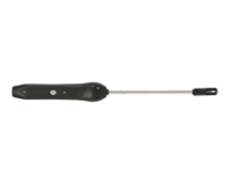
Smart probe of relative humidity and temperature L=1000 mm SSVL.1000
from
16 560 ₽
The smart probe of relative humidity and temperature L=1000 mm SSVL.1000 is designed to measure the temperature of gaseous materials without mechanical impurities and aggressive vapors, relative humidity by direct contact of the probe with the measuring object and transmitting the measured value via Bluetooth to devices with the installed ThermoMonitor based on the Android program.
Operating conditions of the SZVL.1000 smart probe
Ambient temperature, °C: -20...+55.
Relative humidity, %: not more than 80 at T=35 °C.
Atmospheric pressure, kPa: 86...106.
Functionality of the smart probe SSVL.1000
Measurement of physical quantities with a resolution of 0.01.
Recording of measured values at intervals from 5 seconds to 23 hours 59 minutes 59 seconds (only smart probes with built-in memory).
Transmitting data about measured physical quantities via Bluetooth to a device with the ThermoMonitor based on the Android program.
Transmitting information about the state of charge of the built-in battery via Bluetooth to a device with the ThermoMonitor based on the Android program.
Automatic transition to sleep mode after 50 seconds.
The ability to connect external power.
Possibility of calibration.
TEKHNO-AS
Kolomna
Produced in: Kolomna, Moscow region
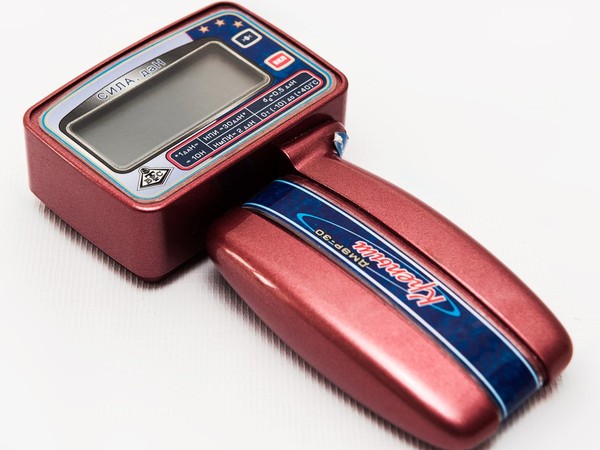
DMER-30-0,5 medical electronic manual dynamometer
from
7 600 ₽
TVES
Tulinovka
Produced in: Tambov Region, Tulinovka
